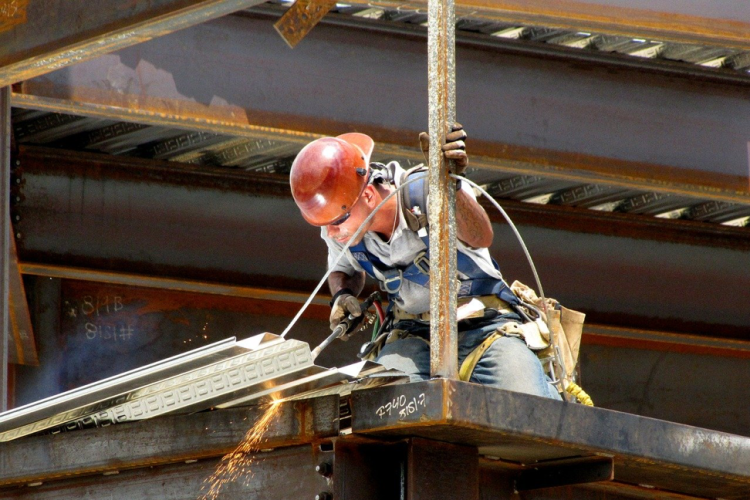Health and safety training company CE Safety submitted freedom of information requests to Scottish Fire & Rescue Services to find out the number of fires reported caused by hot works. According to the figures, there were 180 fires in the construction industry in 2018/19, with 143 – 79% - resulting from hot works.
The term ‘hot works’ refers to any task that requires using open flames or applying heat or friction which may generate sparks or heat. More specifically, it is defined by the British Standards Institution (BSI) in BS 9999 as: “Any procedure that might involve or have the potential to generate sufficient heat, sparks or flame to cause a fire.” Examples of hot works include welding, flame-cutting, soldering, brazing, grinding and the use of other equipment incorporating a flame.
Hot works poses a particular threat within the construction sector as the cause of multiple fires in buildings, said CE Safety. Fifty-one of the fires during the period were caused by welding or cutting equipment, 22 by manufacturing equipment and 23 by kilns or other services. These fires resulted in 21 casualties.
Gary Ellis from CE Safety, said: “A variety of industries, construction, in particular, may require hot work to be carried out in their premises as part of routine work activities. It is also frequently carried out as part of contractual work, which is common in construction.
“However, no matter who does it, they must know what kind of hazards hot work presents and how to prevent it from causing harm.”
The most common examples of hot works and those that can pose significant risks without proper safety precautions include: brazing and soldering, gas/electric welding cutting apparatus, grinding wheels and cutting discs, thawing pipes, open flames, blow lamps and blow torches, bitumen and tar boilers, hot air blowers and lead heaters.
.png)
Flying sparks are the principal risk posed by hot works and they can easily get trapped in cracks, pipes, gaps, holes and other small openings, where they could potentially smolder and cause a fire to break out.
The debris and residue that hot work creates, such as flammable swarf, molten metals, slag, cinder, and filings, are often combustible.
Hot works can cause pipes to heat up and easily transfer heat, through the process of conduction, to another flammable surface and cause a fire. Failure to remove flammable materials or substances from a surface before commencing work means that they could easily become hot and cause a fire.
In certain environments, there may be potentially explosive vapours or gases in the air which are highly combustible and could ignite if exposed to hot works. In a similar vein, hot works could generate fumes which, in turn, create an explosive atmosphere.
Ellis added: “The consequences of these hazards can be severe and costly for any business. Injuries can result in workers taking time off work, while a serious fire could damage a building irreparably. Both of these could even lead to legal consequences under certain circumstances. Therefore, it is crucial to understand how to implement appropriate safety controls.”
Got a story? Email news@theconstructionindex.co.uk
.png)


